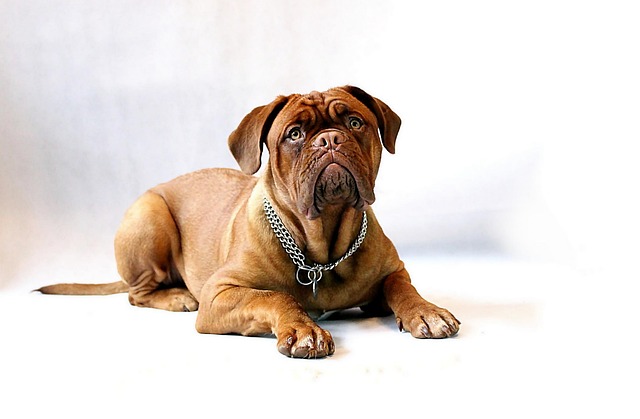
How can I tell if my dog's heatstroke is serious
Let’s be real: It’s a sticky August morning in Los Angeles, and you took your 2-year-old Golden Retriever, Max, for a walk a little later than usual
Picky eating in dogs isn’t just a hassle—it can sneakily turn into a health concern if left unchecked. Many pet owners in urban areas notice their pups turning up their noses at kibble after a few weeks, especially if they’ve gotten a taste of table scraps during family dinners. That slice of leftover chicken from last night’s barbecue might seem harmless, but it often starts a cycle where your dog learns to hold out for “better” options.
First, check if the issue is behavioral or medical. A sudden loss of appetite could signal dental pain, digestive issues, or even allergies—common problems vets see in breeds like French bulldogs and golden retrievers. Schedule a checkup to rule out conditions that require treatment, as ignoring them could violate animal welfare laws in places like California, where neglect includes inadequate nutrition.
 Stick to a consistent feeding schedule. Dogs thrive on routine, so set specific meal times—say 7 a.m. and 6 p.m.—and remove the bowl after 15-20 minutes, even if it’s uneaten. This teaches them food isn’t available on demand, a trick many trainers in Texas swear by for breaking stubborn habits. Avoid free-feeding, which not only encourages pickiness but can also lead to obesity, a growing issue in states with colder climates where dogs get less exercise.
Stick to a consistent feeding schedule. Dogs thrive on routine, so set specific meal times—say 7 a.m. and 6 p.m.—and remove the bowl after 15-20 minutes, even if it’s uneaten. This teaches them food isn’t available on demand, a trick many trainers in Texas swear by for breaking stubborn habits. Avoid free-feeding, which not only encourages pickiness but can also lead to obesity, a growing issue in states with colder climates where dogs get less exercise.
Be mindful of what you’re offering. Low-quality kibble with excessive fillers might taste bland to your dog, just as it would to you. Try gradually mixing in a small amount of fresh, dog-safe ingredients like steamed carrots or plain chicken breast—never onions, garlic, or grapes, which are toxic and could land you in legal trouble in states with strict pet protection laws, such as Oregon. Always check with your vet before changing their diet to ensure it meets nutritional standards.
Resist the urge to cave to begging. Those puppy eyes are hard to ignore, but giving in reinforces the behavior. Instead, reward them with playtime or a walk when they finish their meal, creating positive associations with their food. In cities like New York, where many dogs live in apartments, this extra activity also helps burn off energy, making them hungrier at mealtimes.
Remember, patience is key. It might take a week or two for your dog to adjust, but consistency will pay off. If you’re still struggling, consult a certified animal behaviorist—many states, including Florida, require these professionals to be licensed, ensuring you get reliable advice. With the right approach, you can turn your picky eater into a happy, healthy diner.

Let’s be real: It’s a sticky August morning in Los Angeles, and you took your 2-year-old Golden Retriever, Max, for a walk a little later than usual

You're enjoying a summer afternoon at the park when you notice your dog has stopped panting and appears disoriented - their gums are bright red

Let’s paint the picture: You’re in your Denver apartment, watching your 4-year-old Boston Terrier, Ruby, plop down mid-play session with her favorite toy

Many dog owners notice their pets nails seem shorter after regular walks,but how much does this daily activity actually help?The answer depends on where you walk—concrete sidewalks or asphalt streets gently file nails as a dog's paws hit the ground

Most dog owners notice their pup scooting across the carpet at some point, but few connect it to impacted anal glands. These small sacs near a dog’s rectum secrete a scent for marking territory

Most vets agree that regular dog teeth cleaning is key to avoiding painful dental issues later. For healthy adult dogs, a professional cleaning at the vet’s office every 12 to 18 months usually works well.